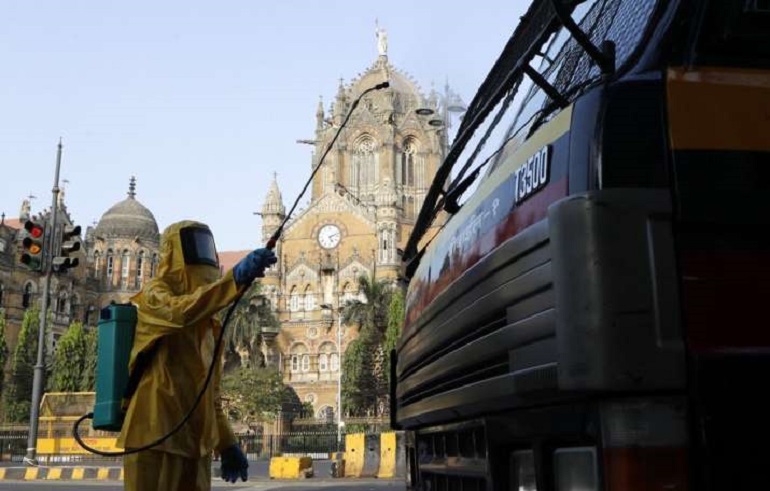With a view to strengthen the government’s efforts to contain the novel coronavirus, districts in the country will now be classified into 3 categories: hotspot districts, non-hotspot districts, and green zones. In total, 170 hotspot districts and 207 non-hotspot districts have been identified in the country.
Classification Of Districts
Those districts that report a large number of positive cases come under the hotspot districts. While those that record a few coronavirus cases, will come under the non-hotspot districts. Green zones are those that have not reported fresh cases for some time.
The hotspot districts are further classified into two: hotspot districts with huge outbreaks and hotspot districts with clusters. While the former stands at 123, the latter is at 47.
Also Read: Husband Creates Quarantine Restaurant At Home, Cooks 3-Course Meal For Wife For Date Night
Classification Of Districts In Maharashtra
Maharashtra has the highest number of COVID-19 cases in the country. Huge outbreak hotspot districts in the state include Mumbai and Mumbai suburban districts, Pune, Thane, Nagpur, Sangli, Ahmednagar, Yavatmal, Aurangabad, Buldhana and Nashik.
Further, Kolhapur, Amravati and Palghar also feature in the hotspot districts with cluster cases.
How Will These Zones Be Monitored?
The hotspot zones will be monitored on a weekly basis. They will be considered successful at containment if no new case of coronavirus is reported after 28 days. If there is no new case after 28 days following the last negative test, the containment exercise will be deemed over.
Also, how each of these districts fare in terms of numbers will impact how soon exemptions of the lockdown will apply in that area.
Also Read: Shani Shingnapur Is A Village In Maharashtra Having No Doors And Locks

